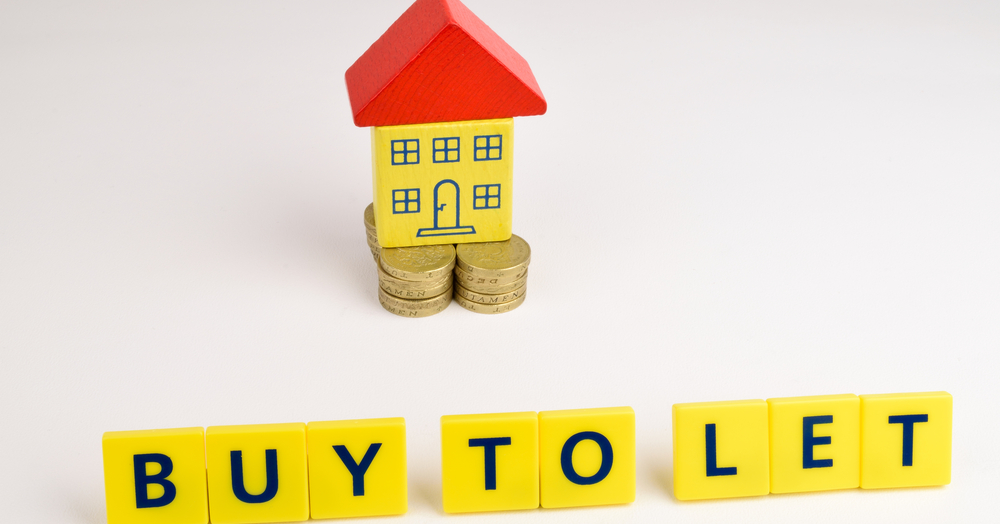As an asset class, buy-to-let investment continues to flourish. Tenant demand remains strong in London, and rental yields are currently stable.
So, it’s no surprise that you’re interested in investing in property. But as with any investment, there are also risks to consider. If you don’t understand and accept the liabilities, then you could end up losing out. here’s what you need to know about buy-to-let investments.
What is the return?
There are two ways to make a return on buy-to-let investments. The first is through capital growth – in other words, if you sell your property for more than you paid, and you make a profit. This means you’re in it for the long haul. The other way to make a return is through your rental yield. This means you receive what your tenants pay in rent, taking off any running or maintenance costs.
Though West Kensington and Barons Court are appealing central locations, according to Rightmove, the average house price in these areas is less than in other parts of London. The average prices are £978,740 and £776,627 respectively. While in Fulham and Hammersmith, you’re looking at an average cost of over £1 million, and in other areas even more.
To give you an idea of the rental yield you could potentially make, you will gain on average £375 per week in rent for property in West Kensington, and £383 in Barons Court.
Are my investments safe?
As a buy-to-let investor you will need buildings insurance to protect your mortgage and investment. You may also want to take out landlord insurance. It isn’t a legal requirement, but is added protection for your investment.
What are the risks?
There are several risks involved when you invest in buy-to-let property.
The rent you are able to charge isn’t guaranteed. This is because it can vary according to market trends. Furthermore, there’s a risk that you may not be able to find tenants for the property, which in turn means that you might not be able to make mortgage payments.
Reliable tenants who pay the rent on time can also not be guaranteed, so we recommend asking a local letting agent to source the best tenants for you.
If you were hoping to make money through capital growth, there’s a risk that property prices will fall or remain the same. Hence, you won’t be able to sell your property at a profit or for as much as you had hoped. If this is the case, then you will still have to pay the difference in the mortgage price. However, you can expect capital growth over the longer-term.
Overall, buy-to-let is an attractive investment. But there are risks involved. This doesn’t mean you should avoid investing in buy-to-let. It simply means that you must just make sure you find out everything you can about a property before you commit to it, determine your budget, make sure you are aware of any tax and regulation implications and extra costs, and seek professional guidance to help you along the way.
If you’re thinking of investing in a property to let, contact us today.

